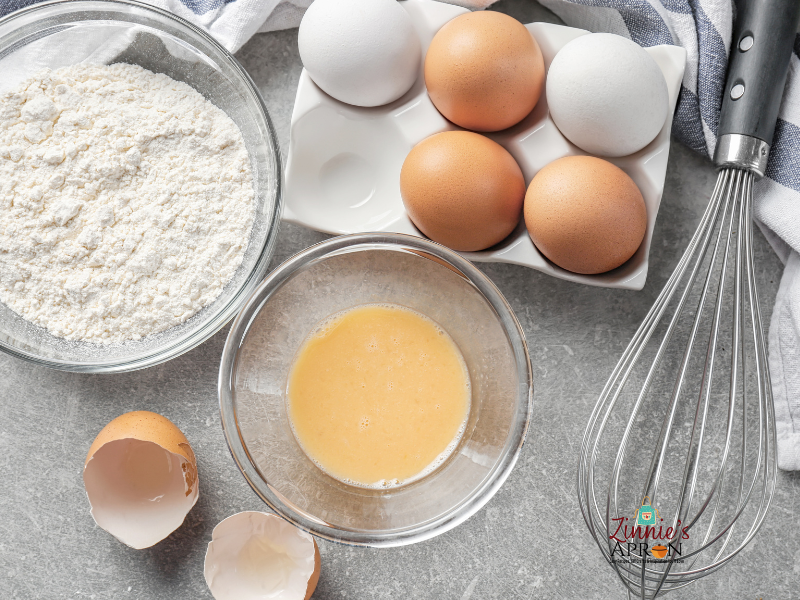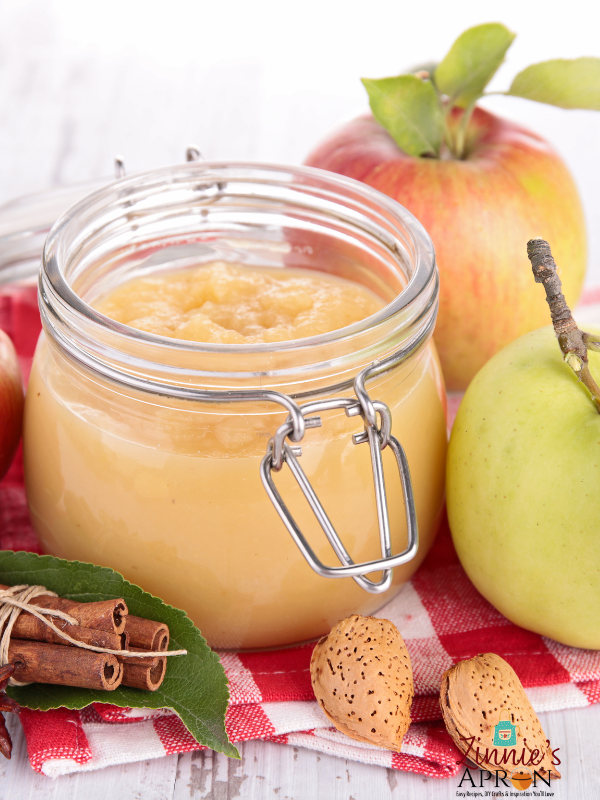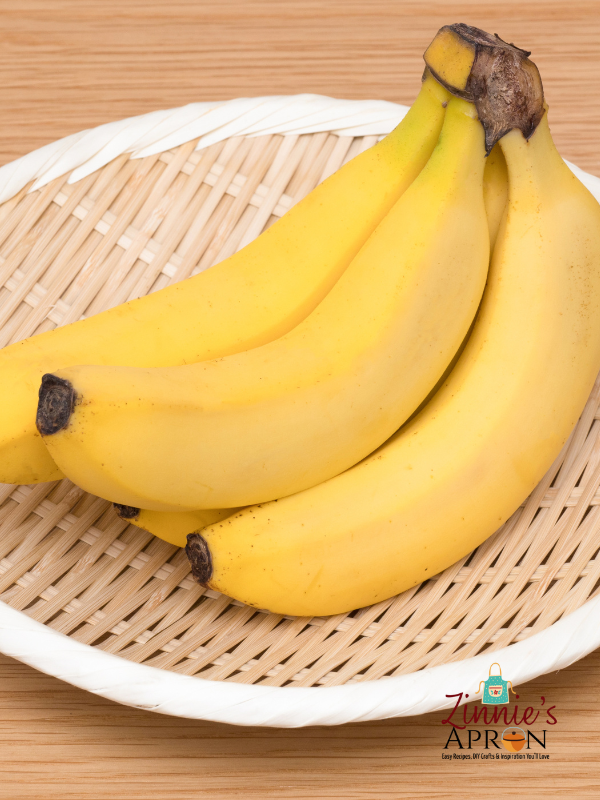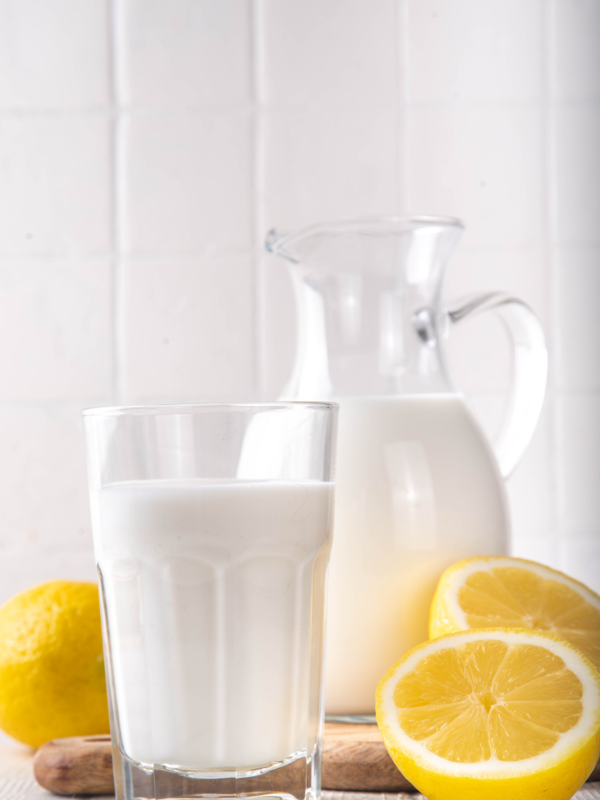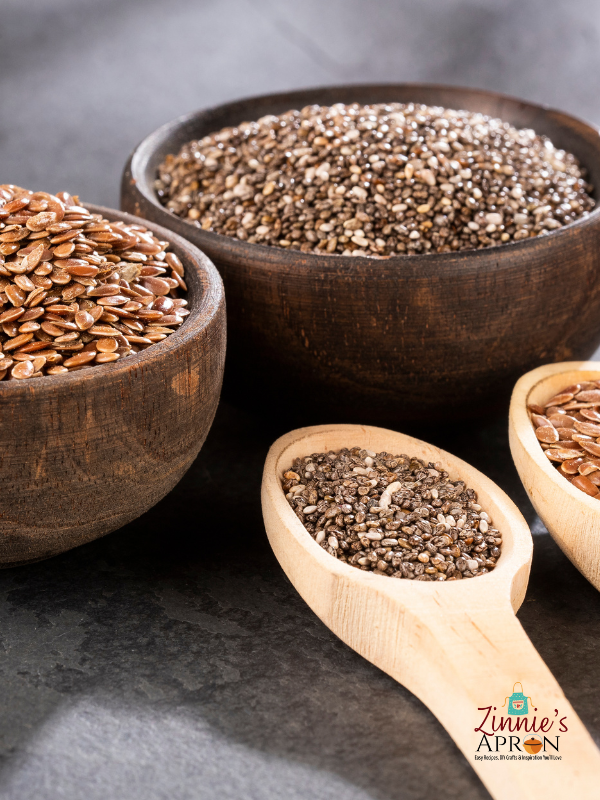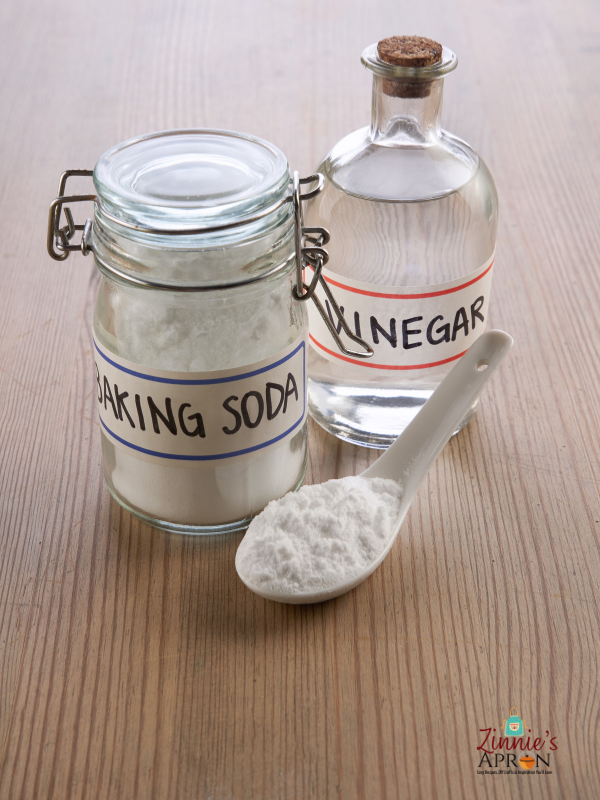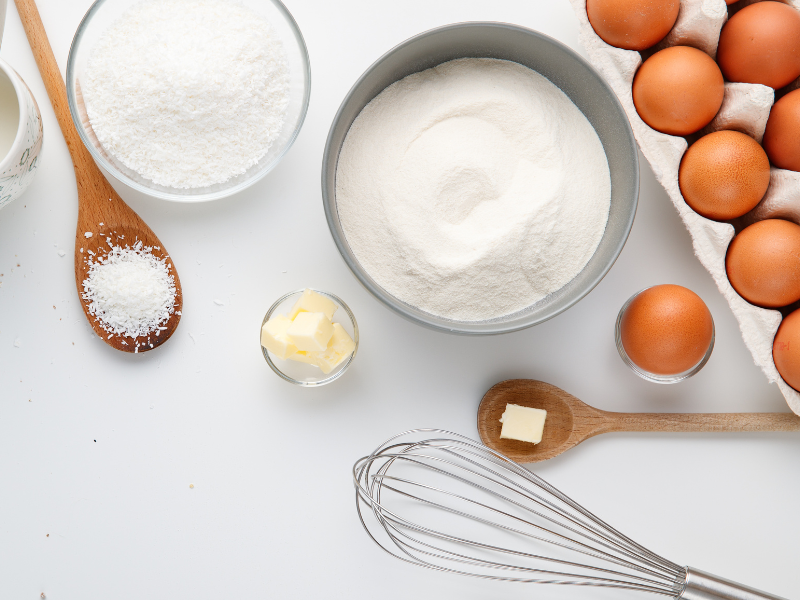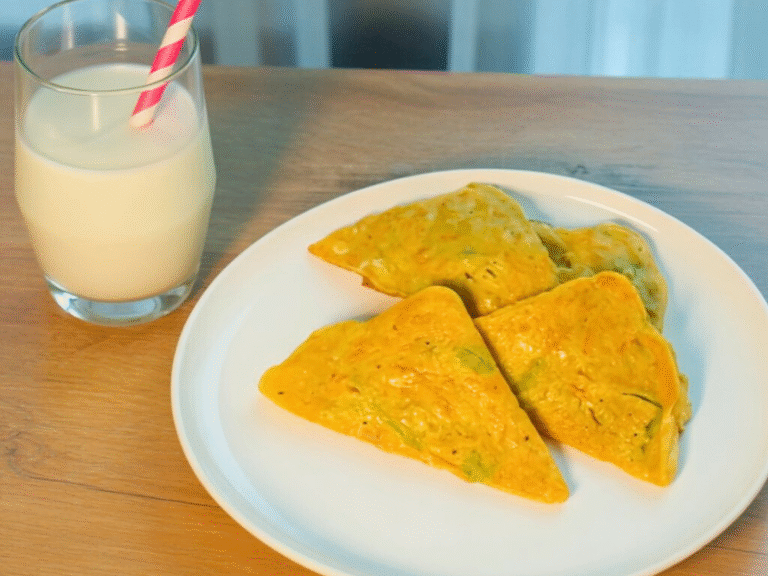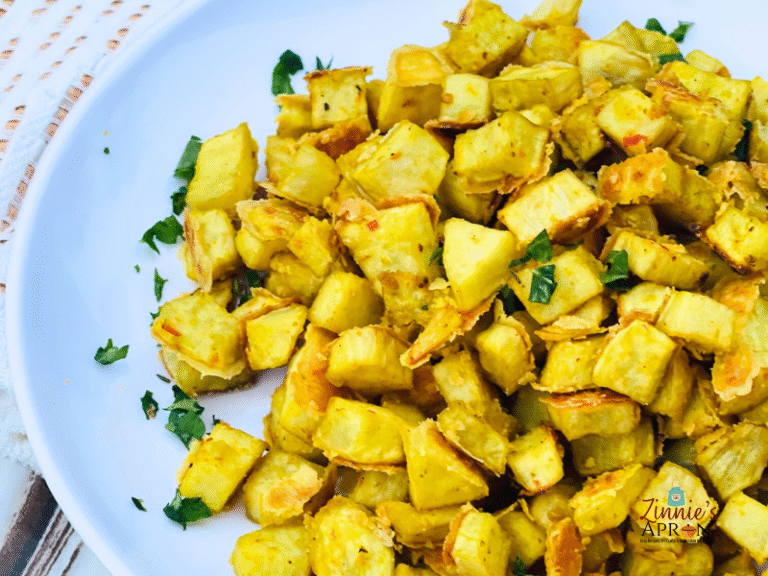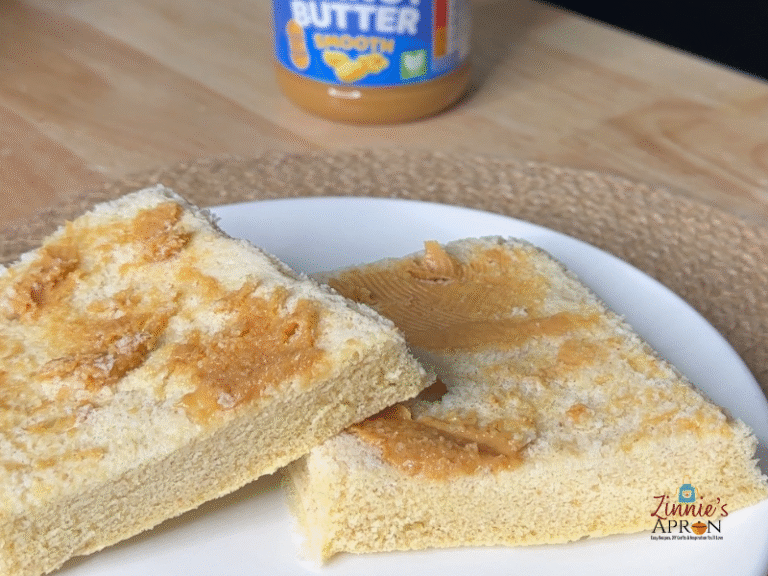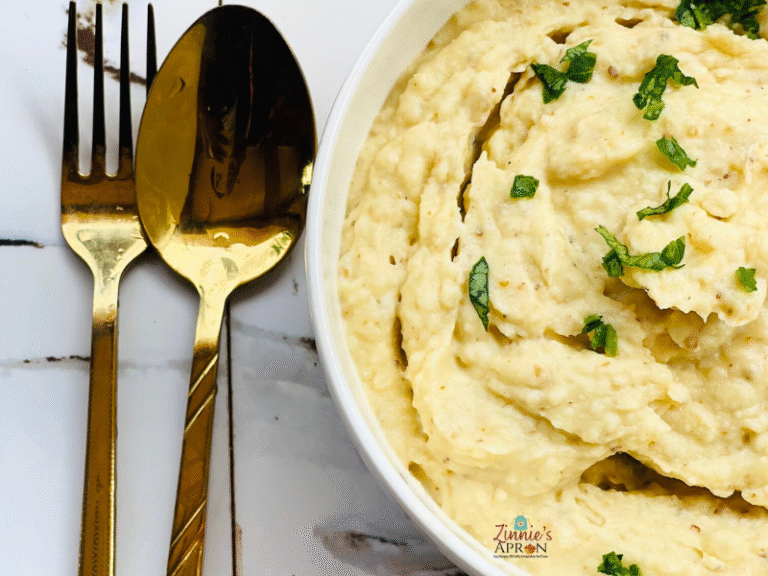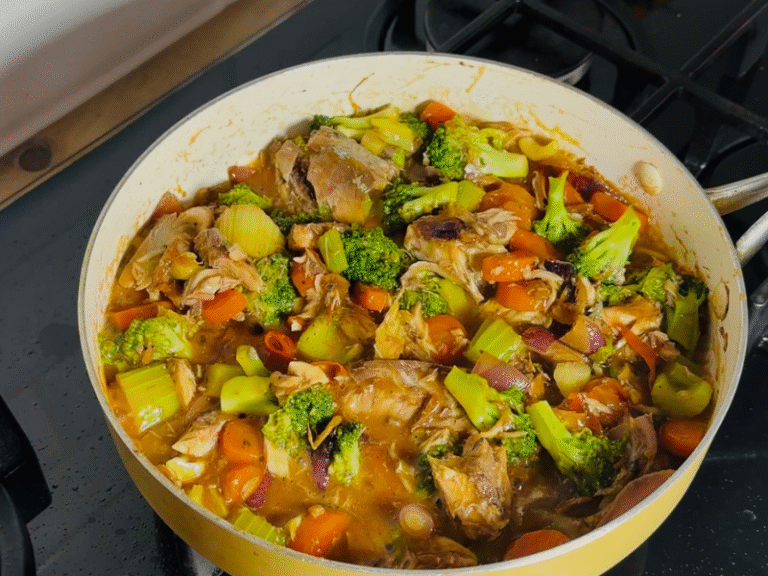This post will teach you Egg Substitutes for Baking in your daily baking.
Let’s be honest baking is all fun and games until you crack open the fridge and realize… “no eggs”. That sinking feeling hits hard, especially when your butter’s already melted, and your craving for cookies won’t wait. But before you toss the bowl in defeat, here’s a little secret every clever home baker should know there are plenty of egg substitutes for baking that can save the day (and your dessert).
Eggs might seem irreplaceable they add structure, moisture, richness, and help your goodies rise just right. But guess what? You can mimic all those magical egg properties using simple pantry staples like applesauce, yogurt, chia seeds, or even vinegar and baking soda. Yep, science and creativity make a delicious team in the kitchen.
If you’re vegan, cutting cholesterol, managing allergies, or simply out of eggs again, knowing which substitute to use and when can completely transform how you bake. Some swaps keep your brownies fudgy and rich, others make your cupcakes light and fluffy. It’s all about choosing the right one for the right recipe.
And the best part? Once you understand how these substitutes work, you’ll bake with more freedom, fewer limitations, and maybe even surprise yourself with better results than the original recipe. So grab that mixing bowl and let’s break down the best egg substitutes for baking and exactly when to use each one.
Why Eggs Matter in Baking
Before we start swapping them out left and right, let’s give eggs the respect they deserve. They’re not just there to take up space in your cake batter they’re basically the architects of your bake.
See, eggs do four major jobs in baking:
-
Binding: They hold everything together so your cookies don’t crumble like sad sandcastles.
-
Leavening: When beaten, eggs trap air, helping cakes rise into soft, fluffy perfection.
-
Moisture: The yolk adds richness and tenderness, keeping your bake from drying out.
-
Flavor & Color: Yep, that golden-brown finish? Mostly thanks to eggs.
When you understand what eggs actually do in a recipe, you can swap them out intelligently not just randomly. If a recipe needs structure (like a cake), you’ll reach for a lift creating combo like vinegar and baking soda. If it’s all about moisture (think brownies), mashed banana or applesauce will be your new BFF.
In other words, you’re not just skipping eggs you’re rebuilding what they do in your own creative way. And once you get that? You’ll bake like a pro, even when your fridge is empty.
Why Choosing the Right Egg Substitute Matters
Not all eggs or egg substitutes are created equal. The truth is, eggs do a lot more than just bind your batter together. They give your cakes structure, add richness to brownies, help cookies spread just right, and keep muffins moist instead of sad and crumbly.
So when you swap them out, it’s not about just finding something to fill the space, it’s about finding what performs the same role in your recipe. For example, mashed bananas or applesauce work beautifully in sweet, dense treats like muffins and quick breads because they add moisture and a hint of natural sweetness. But if you try them in something delicate like meringue or sponge cake? Total flop.
Choosing the right egg substitute for baking can mean the difference between soft, dreamy cupcakes and rubbery cookie disasters. Each option whether it’s yogurt, chia seeds, or vinegar and baking soda brings its own chemistry and texture magic to the table.
5 Egg Substitutes for Baking (+ When to Use Each One)
Alright, apron warriors, let’s get into the real magic the substitutes that can step up when eggs tap out. Each of these replacements has its own strengths, weaknesses, and little quirks. So don’t just grab whatever’s closest; learn what each one does best and when to use it.
1. Unsweetened Applesauce
Best for: Muffins, quick breads, cakes, and brownies
Applesauce is one of the most common (and surprisingly powerful) egg substitutes. It’s not just there to “replace” eggs it’s there to add moisture and help with binding. The pectin in apples acts as a natural thickener, creating that soft crumb we love in baked goods.
-
How to use: ¼ cup of unsweetened applesauce = 1 egg
-
Pro tip: If you’re using sweetened applesauce, reduce your recipe’s sugar slightly.
-
When to skip it: Anything that needs lift like soufflés or sponge cakes. Applesauce adds moisture but not structure.
Why it works: The natural fruit sugars caramelize slightly during baking, giving a subtle golden tone and tender texture. That’s why applesauce is a lifesaver in vegan muffins and banana breads.
2. Mashed Banana
Best for: Brownies, pancakes, chocolate cakes, and dense bakes
Mashed banana is another moisture-rich substitute, but it’s got personality — you’ll taste it. The texture it gives is dense, fudgy, and moist. It also adds a natural sweetness and a bit of binding power, though not much rise.
-
How to use: ¼ cup (about half a banana) = 1 egg
-
Pro tip: The riper the banana, the stronger the flavor. Use very ripe bananas only when that flavor complements your recipe.
-
When to skip it: Vanilla cakes, sugar cookies, or delicate pastries unless you want a banana surprise
Why it works: Bananas are full of starch and natural sugars that act like a mild glue, helping ingredients stick together while retaining moisture.
3. Yogurt or Buttermilk
Best for: Cupcakes, coffee cakes, and dense cakes
Dairy (or non-dairy) yogurt adds creaminess, structure, and subtle tang to baked goods. It’s a great all rounder for recipes where you want tenderness and flavor depth but not too much rise. Buttermilk works similarly it keeps your batter moist and adds a light acidity that reacts beautifully with baking soda.
-
How to use: ¼ cup yogurt or buttermilk = 1 egg
-
Pro tip: Choose plain yogurt (Greek or regular). Avoid flavored ones unless you’re intentionally pairing it (like vanilla yogurt in vanilla cake).
-
When to skip it: Anything that relies heavily on egg whites for fluff, like chiffon cakes or meringues.
Why it works: The proteins in yogurt mimic the binding ability of eggs, while the acidity boosts leavening when combined with baking soda. Science and flavor in one spoonful.
4. Flaxseed or Chia Seed
Best for: Cookies, muffins, quick breads, and brownies
If you’ve ever made vegan recipes, you’ve probably seen this one — and yes, it really works. When mixed with water, ground flaxseed or chia forms a gel-like texture that acts like an egg. It helps bind ingredients and keeps your bake from crumbling apart.
-
How to use: 1 tbsp ground flaxseed or chia + 3 tbsp water = 1 egg
-
Pro tip: Let it sit for at least 5 minutes before using — it needs that time to “gel.”
-
When to skip it: Light, airy desserts or recipes where a neutral color matters (flax can slightly darken the batter).
Why it works: Flax and chia are rich in soluble fiber called mucilage, which thickens and binds when hydrated. It’s basically nature’s gelatin.
5. Vinegar and Baking Soda
Best for: Cakes, cupcakes, and sponge style bakes
This combo sounds odd, but it’s all chemistry. The vinegar’s acid reacts with baking soda’s base, releasing carbon dioxide bubbles that help your baked goods rise beautifully just like eggs do when they trap air during mixing.
-
How to use: 1 tbsp vinegar (white or apple cider) + 1 tsp baking soda = 1 egg
-
Pro tip: Mix it into your wet ingredients last and bake immediately; the reaction starts fast.
-
When to skip it: Cookies or dense desserts it can make them puff up too much or alter the flavor.
Why it works: This substitution mimics the aeration role of eggs, making it ideal for fluffy, airy cakes that need volume more than binding
FAQs About Egg Substitutes for Baking
1. Can I replace eggs in every baking recipe?
Not always. Some recipes rely heavily on eggs for structure and lift like angel food cakes, macarons, or meringues. Those are almost impossible to recreate perfectly without eggs. But for most everyday recipes (think cookies, muffins, brownies, and pancakes), you can absolutely use substitutes like applesauce, banana, or flaxseed “eggs.”
2. What’s the best egg substitute for cakes?
For light, fluffy cakes, your best bet is vinegar + baking soda or yogurt. Both help create airiness and moisture. If you’re going for rich, dense cakes (like banana bread or chocolate cake), mashed banana or applesauce is perfect.
3. Which egg substitute is healthiest?
Flaxseed and chia seeds win that round easily. They’re packed with fiber, omega-3s, and plant-based protein so you’re not just skipping eggs, you’re adding nutrients.
4. Can I mix different egg substitute For Baking in one recipe?
Yep and sometimes that’s the secret sauce. For example, using half applesauce (for moisture) and half vinegar + baking soda (for lift) can give you results closer to real eggs. Just don’t overdo it, or your texture might get weird.
5. How many eggs can I replace with substitutes?
You can safely replace up to 3 eggs in most recipes before texture starts to change too much. Beyond that, you risk losing structure. If your recipe calls for more than 3 eggs, you might want to find a naturally egg free version instead.
6. Do egg substitutes change the taste of baked goods?
Some do especially banana and applesauce, since they add their own flavor. If you want a completely neutral taste, go for yogurt, buttermilk, or a flaxseed egg.
7. What’s the best vegan substitute for eggs in baking?
Flaxseed or chia seed “eggs” are vegan approved champs. They hold things together like a dream and work beautifully in cookies, muffins, and brownies. Vinegar + baking soda is another solid option when you need lift without dairy.

